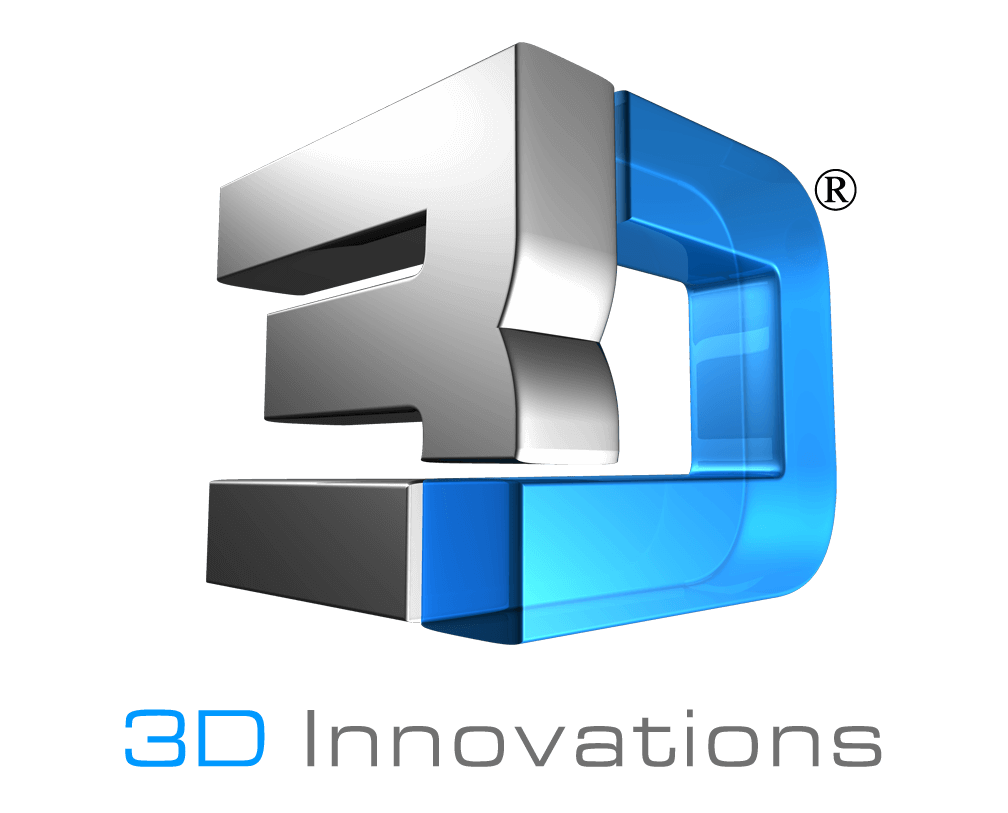An article published recently in the McKinsey Quarterly, 3-D printing takes shape, provides a great comprehensive view of the additive manufacturing industry. If you have not had a chance to view it yet, below are some insightful excerpts as well as a link to the article in its entirety.
Additive manufacturing is evolving quickly. Senior executives should begin preparing for five disruptions that will accompany it.
3-D printing, or additive manufacturing, has come a long way from its roots in the production of simple plastic prototypes. Today, 3-D printers can not only handle materials ranging from titanium to human cartilage but also produce fully functional components, including complex mechanisms, batteries, transistors, and LEDs.
The capabilities of 3-D printing hardware are evolving rapidly, too. They can build larger components and achieve greater precision and finer resolution at higher speeds and lower costs. Together, these advances have brought the technology to a tipping point—it appears ready to emerge from its niche status and become a viable alternative to conventional manufacturing processes in an increasing number of applications.
Should this happen, the technology would transform manufacturing flexibility—for example, by allowing companies to slash development time, eliminate tooling costs, and simplify production runs—while making it possible to create complex shapes and structures that weren’t feasible before. Moreover, additive manufacturing would help companies improve the productivity of materials by eliminating the waste that accrues in traditional (subtractive) manufacturing and would thus spur the formation of a beneficial circular economy (for more, see “Remaking the industrial economy”). The economic implications of 3-D printing are significant: McKinsey Global Institute research suggests that it could have an impact of up to $550 billion a year by 2025.
The advantages of 3-D printing over other manufacturing technologies could lead to profound changes in the way many things are designed, developed, produced, and supported. Here are five 3-D printing disruptions that senior executives should begin preparing for.
1. Accelerated product-development cycles
Reducing time in product development was a key benefit of the first 3-D printing machines, which were designed to speed the creation of product prototypes (and in some cases helped reduce turnaround times to a matter of hours, from days or weeks). Now many industries are poised for a second wave of acceleration as the line between additive and conventional manufacturing blurs.2. New manufacturing strategies and footprints
As of 2011, only about 25 percent of the additive-manufacturing market involved the direct manufacture of end products. With a 60 percent annual growth rate, however, that is the industry’s fastest-growing segment. As costs continue to fall and the capabilities of 3-D printers increase, the range of parts that can be economically manufactured using additive techniques will broaden dramatically.3. Shifting sources of profit
Additive-manufacturing technologies could alter the way companies add value to their products and services. 3-D printing techniques could reduce the cost and complexity of other kinds of production and force companies to differentiate their products in other ways. These could include everything from making products more easily reparable (and thus longer lived) to creating personalized designs.4. New capabilities
Design is inherently linked to methods of fabrication. While there is a wealth of knowledge around design for manufacturing, much less is available on design for printing. Our conversations with executives at manufacturing companies suggest that many are aware of this gap and scrambling to catalog their design know-how.
5. Disruptive competitors
Many benefits of 3-D printing could cut the cost of market entry for new players: for example, the use of the technology to lower tooling costs makes it cheaper to begin manufacturing, even at low volumes, or to serve niche segments. The direct manufacturing of end products greatly simplifies and reduces the work of a designer who would only have to take products from the computer screen to commercial viability. New businesses are already popping up to offer highly customized or collaboratively designed products.
View the entire “3-D printing takes shape” article by McKinsey here.
________
3D Innovations is a full service 3D Engineering/Design company – from the 3D Design to a fully functional 3D Prototype & Product.

